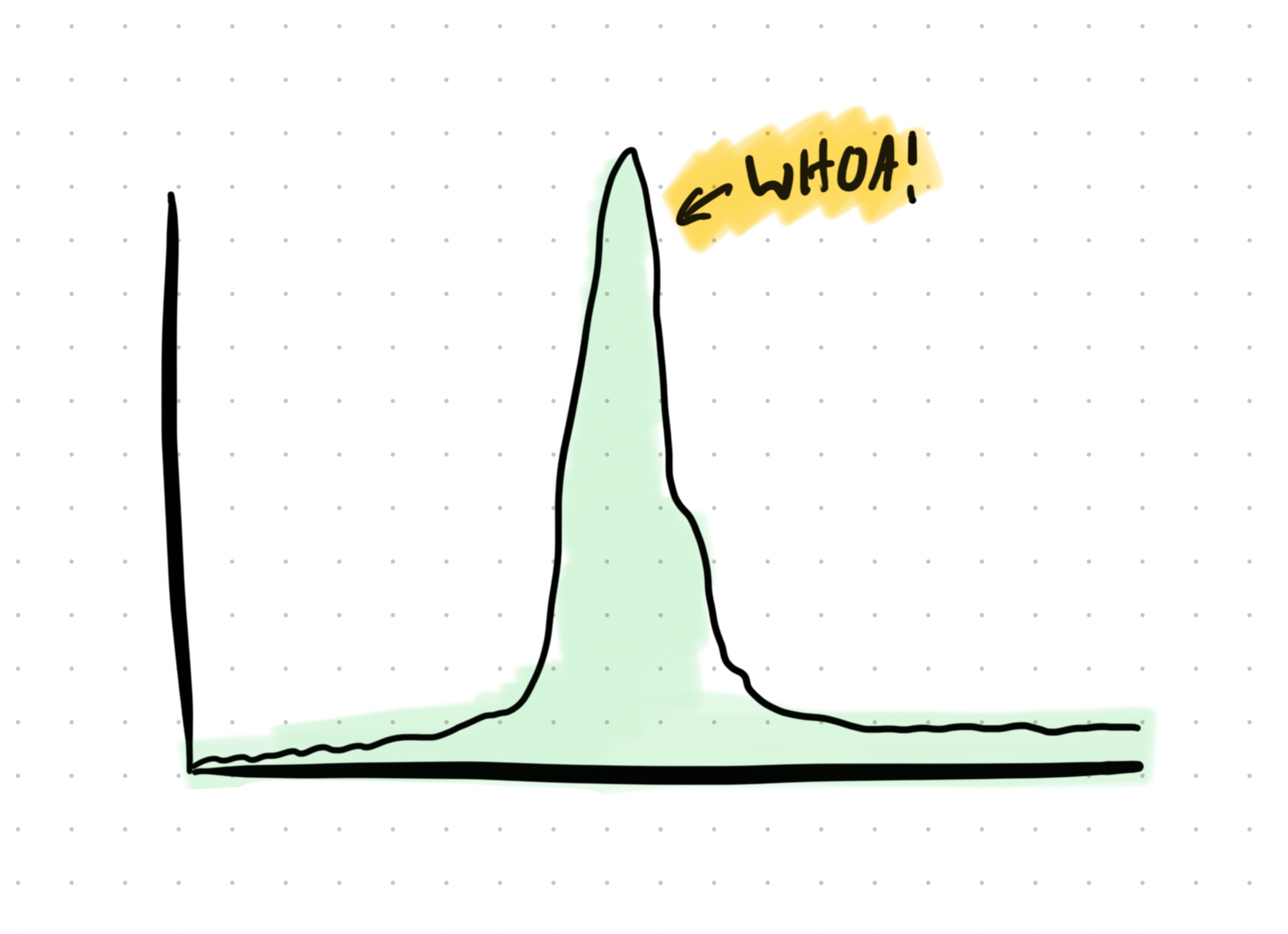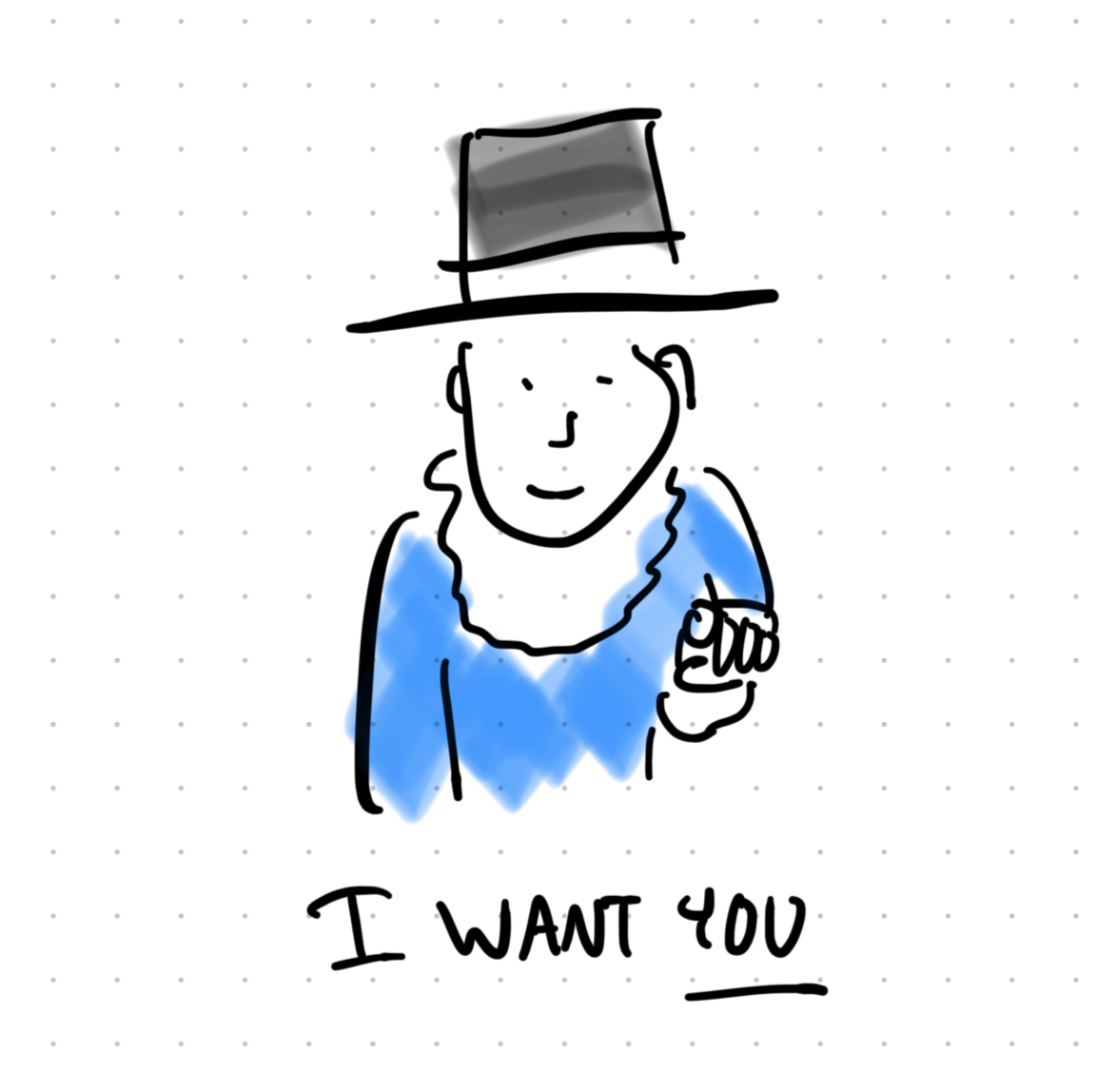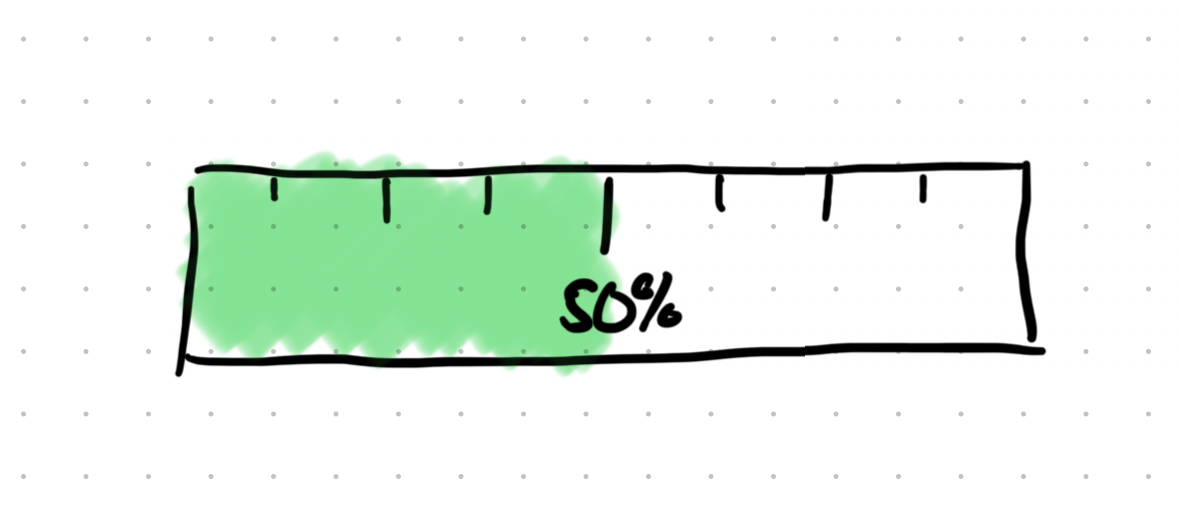So far this year I've written just over 37,000 words and published them in 26 articles online for all the world to see. But I have a secret. I hate writing.
I used to think that I was bad at writing, but a trusted friend (and Senior Content Designer) pointed out that I'm not "bad" at writing, I just don't like it.
While I love sharing ideas, connecting concepts, and helping people see things differently, the activity of wrestling words into a coherent message is a laborious act for me. I'm under the delusion that for some people writing just comes naturally. They think in perfect grammatical structures and the words just flow.
Not for me. When writing an IM to a colleague at work, I'll take 2-3 minutes to craft the message so it's clear, but still concise. Why? Because it'll save me 5 minutes of back and forth. When drafting an email, I'll spend up to 10 minutes writing it out, cutting it in half, formatting, cutting in half again until the message is clear. Why? Because I've learned that a poorly worded email can cost me days of back and forth.
I've come to dread writing. And that's exactly why I decided to commit to 52 articles in a year. I wanted to force myself to get better at it and improve my process of writing.
But what would I write about? Well, I believe the digital design community has a problem. And I'm pretty passionate about making designers more effective in their roles. With bootcamps cranking out "certified" designers based on training that's questionable, education that is based on outdated industry observations, design leadership who was promoted without any experience or help learning how to lead, and media that floods the designer ecosystem based on all of these faults—our industry is in desperate need of help.
In my view, the biggest gap is with senior designers, design leads, and design managers who've grown past their competence and are realizing the skills they used to rely on don't work at higher levels. It's a mix of people who should know basic foundational concepts but don't, and (thanks to an industry that's been more focused on rapid scaling than deep development) a lack of design leadership training.
At this point in my journey, I'm twenty-six articles in. Only halfway through this torturous commitment. But I've learned as much about myself as I have about writing.
Finding My Process
Early on I knew I wasn't chasing fame. I prefer to be in the background quietly supporting others to get the win. Being in the spotlight makes me uncomfortable. But I knew that I had to share my ideas if they were going to have any benefit. So I chose to share primarily here on Medium to make it as broadly available as possible.
My topic selection strategy became simple: mine the career struggles that I've faced personally and as a leader, but that I don't see a lot of public discussion on. These are the messy realities of being a designer and leading design teams. I also believe in the time-tested foundational concepts of design and UX that have somehow been forgotten over the years.

This puts my content into a strange situation. Imagine writing a cookbook for professional chefs who never learned knife skills, or leadership advice for executives who skipped management training, or teaching professional musicians who can't read sheet music, or helping seasoned doctors who missed anatomy fundamentals. If I'm not careful I risk being redundant, defensive, or dismissed entirely.
Early on, I discovered that I needed a writing partner (I need to get an outside perspective). I've had some good relationships with friends, but my year-long commitment is a lot to ask. So I decided to try "AI"—not for generating ideas (I've found that AI is terrible at that), because I wanted to focus on concepts that actually mattered to me. Instead, I wanted to find a way to use it for clarifying my thoughts and finding better ways to express complex ideas.
After living with ChatGPT Plus for a few months I decided to try Claude Pro. After several weeks with Claude, it feels more naturally suited for the kind of nuanced thinking I was trying to capture. Where ChatGPT felt robotic and formulaic, Claude helped me maintain my voice while organizing my scattered thoughts into coherent arguments (both using heavy customization).
My process evolved into something like this: I'd dump ideas into Claude, explore different angles, refine outlines, then work together to connect those outlines to solid drafts. When working to develop drafts, Claude became my assistant: grammar (which I desperately needed), clarity checker, and my "how can I make this better?" partner.
At the end of the day, my process is intended to help me focus on what actually develops senior talent. I'm not aiming for clicks, views, or shares. I'm aiming for impact and growth. But I was in for a fun ride to figure out "how."
The Reality Check: What 55k Views Actually Teaches You
Here's the current breakdown of my journey: over 26 articles, I've had one "breakthrough hit," many mediocre performers, and a few fabulous stinkers. 55,000 views across all articles, 3,400 Medium followers, and exactly $0 earned.
Those numbers taught me something crucial about writing for senior practitioners: sometimes the community doesn't care about what it needs most. The articles I was most excited about—the ones addressing fundamental gaps in understanding—often fell flat.
Case in point: Structure Yields Meaning, an article about how strong information architecture makes digital experiences so much better. I was so excited about sharing this one, drawing from years of seeing teams struggle with poorly organized user-facing information. It addresses a real problem that senior people face daily.
Cue the sad horn. Since its publish date of February 1st it's had seven reads. Seven!
Meanwhile, surface-level pieces about trending topics would rack up tens of thousands of views and land in my inbox every week. It's been a humbling lesson about the challenge of reaching the right audience level with valuable perspectives. Just because something is crucial doesn't mean people want to engage with it.
This reinforced one of the many reasons why I chose to keep my "$0 earned" streak intact. The moment I start chasing revenue, I know I'll be tempted to write for engagement rather than value. I'd rather have seven people deeply understand something important than have 7,000 people half-heartedly skim a shallow, redundant fad topic.
One other reason for the $0 goal: I've benefited from incredible mentors throughout my career. These are people who shared their hard-won insights freely. This feels like my way of giving back just like them.

The Breakthrough (And Its Complications)
I was writing. Engagement was slowly rising. I was pretty happy with the increased results.
Then I published "So Long, Figma. Thanks for Everything."
This article exploded in ways I never expected. Instead of another generic "AI won't replace you" piece, I decided to focus on AI's application to a specific area I'm passionate about—Design Systems. And I wanted to put out a positive (and practical) vision for how designers could evolve their practice. Apparently, I hit a nerve with designers. Maybe they were frustrated with Figma's direction? Or fearful about AI's impact on their careers?
Well, the response was incredible. I mean drop-my-jaw incredible. Roughly 20k views in the first day or two. That was more views than my entire history on Medium. Then the comments started rolling in. I was thrilled that it sparked conversations and challenged people's preconceptions about their relationship with design tools and the future with AI. But I had mixed emotions about its success.
This tension between what spreads and what truly develops senior talent remains on my mind. The article that surfed on the latest fad got the most attention, while pieces that would provide much deeper value to seniors and leaders seem to go unnoticed.
One of my answers to this problem is to find ways of making the uninteresting...well...interesting. I've tried to use storytelling, analogies, personalized sketches, and a very approachable level of writing to grab people's attention. It's been a labor of love and an exercise in patience.
It's a reminder that even when you have something important to say, you're going to have to work at it. Lots of people aren't going to care. And maybe that's okay?
So, You Think Writing Isn't for You?
Here's what I want to say to every designer who has years under their belt, design lead who's been in the trenches, or manager who's labored to mentor their people. If you've ever thought "I'm not a writer": We need your hard-won insights shared outward, not the generic, redundant, works-in-theory pieces that are flooding our industry.

Think about it. You've navigated organizational politics that killed promising design initiatives. You've figured out how to make design systems actually work in messy, hyper-complex enterprise environments. You've learned to translate business objectives into design strategy without losing your soul. You've experienced layoffs, reorgs, and impossible deadlines.
Those experiences and struggles became insights that could help other leads and managers avoid the same pitfalls. But if you don't share them, they stay locked in your experience, or localized to a few coworkers, unavailable to the community that desperately needs them.
The barrier isn't your writing ability. It's your assumption that you need to be perfect before you start. Just start writing about the gaps you've discovered and filled. If it feels overwhelming, stick to the surface level initially. If you struggle with generic advice, focus on a small slice of something specific. The point is to start wherever you're at. It's a place to grow from.
And here's the thing about senior roles: communication skills become even more critical as you advance. Writing isn't just about sharing ideas, it's about clarifying your thinking, building influence, and developing the kind of strategic perspective that organizations need from their design leaders.
Don't let the myth that "writing isn't for everyone" keep you from developing this essential skill. Our industry needs more authentic voices from the trenches, not fewer.
26 Articles Done. 26 Articles to Go.
Looking ahead, I've got 26 articles to go. I'm going to keep exploring design systems about once a month, diving into more fringe topics that I haven't seen much discussion about. I'll keep diving into design practice with details on how to perform and how to lead it. I'm even thinking about a few articles specifically geared toward filling gaps in design leadership.

This continuing experiment in serving the late-stage design industry has taught me that the most important insights aren't easy to share in an interesting way. The articles that challenge me to articulate concepts I've never had to explain before, or force me to confront misconceptions in a positive way.
Ironically, I still hate writing, but I hate it a little less now. However, I love what it's teaching me about effective communication. The process of translating boring topics into engaging insight, of finding analogies that make complex ideas accessible, of wrestling with how to get people to care when they don't.
So, twenty-six articles down, and 26 articles to go. Apparently I'm not done torturing myself yet. But if it means helping the design industry fill critical gaps, I'll keep pushing through the rest of the year.
See you in the next one.